Select the combination of options below that you want for your perfect plant. Only those plants in our database that match all of your criteria will be returned. Happy plant hunting!
Our plant selector:
Page 5 of 5
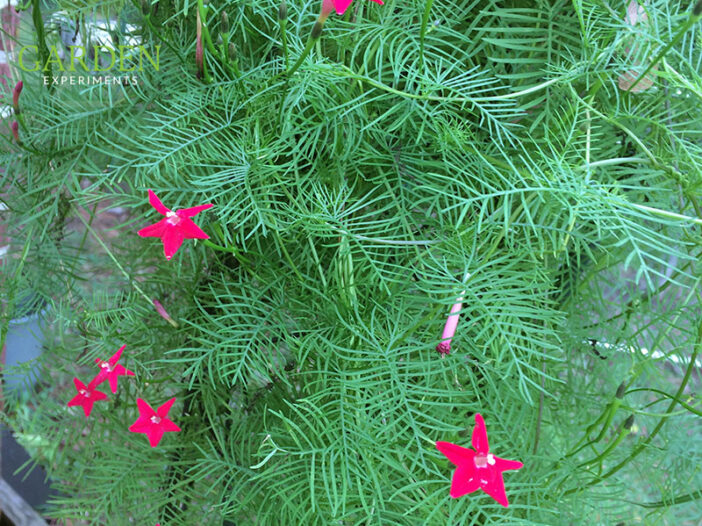
Cypress Vine: Delicate, But Aggressive
Tiny, star-shaped, brilliantly red flowers cover my cypress vine (Ipomoea quamoclit) in spring. Although the flowers are tiny, they really stand out against the light green of the leaves and vine. My favorite part about the cypress vine is its dainty, feather-like leaves. The leaves look so fragile and fairy-like that, even when it isn’t […]
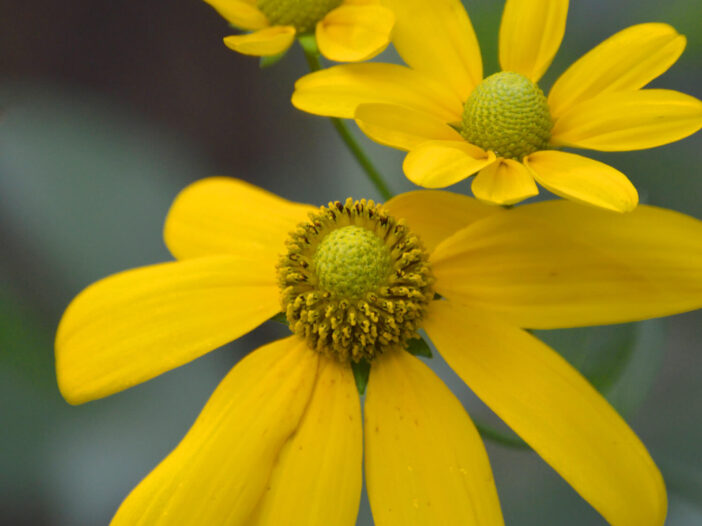
Cutleaf Coneflower: Rudbeckia laciniata
Native to North America, this tall flowering perennial in the Asteraceae family makes a statement in my garden. Not only is it a prolific bloomer, but it also attracts all sorts of insects – bees, butterflies, and other insects. With a height of almost 6 feet, it towers around the base of the sycamore that […]
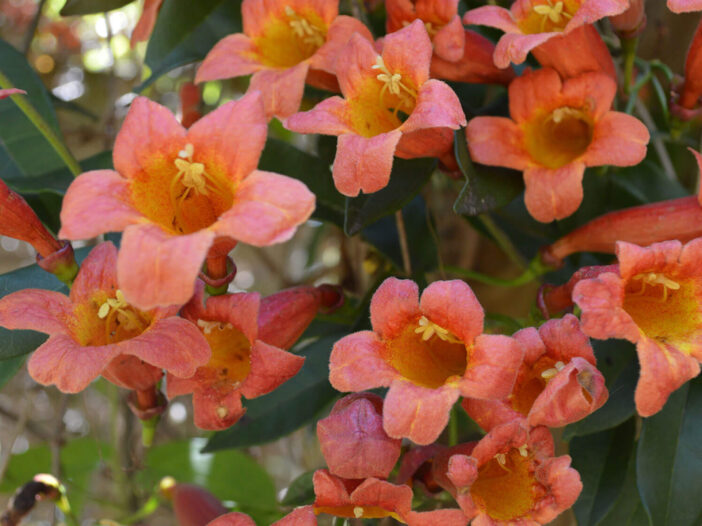
Cross Vine: Bignonia capreolata
As a native plant, cross vine has a big advantage – it’s easy to grow, hardy, tolerates the heat, has a low water requirement, and can grow in both full sun and part shade. It’s in the same family as trumpet creeper (Bignoniaceae), and the flowers are very similar – trumpet-shaped, 2″ long tubular, and […]

Coral Honeysuckle Vine: How to Grow This Native Vine for Hummingbirds
The slender, bright red, tubular flowers blooming at the ends of the coral honeysuckle vine (Lonicera sempervirens) will add a bright spot of color to your garden. The interior of the honeysuckle flowers is often yellow, making them stand out even more against the green leaves of this vine. Although the flowers of this vine […]
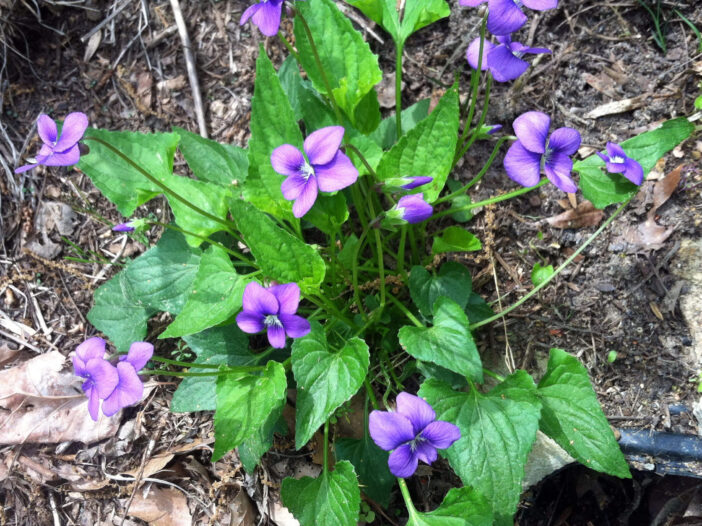
Common Blue Violet (Viola sororia)
The little purple-blue flowers of common blue violet are blooming all over my grass under the trees, where it stays moist for long periods of time. I always try to mow around them as much as I can so that I can enjoy the wildflowers. They bloom in early spring into early summer, from April […]
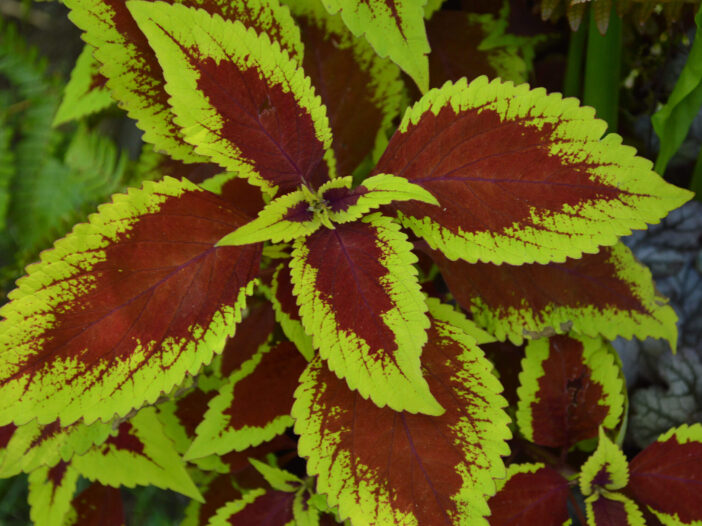
Coleus: Colorful Shade Plants Easily Grown From Seed or Cuttings
Coleus are known for their colorful leaves and are a great addition to shaded or part-sun areas of your garden. Some cultivars are more tolerant of sun, so be sure to read the labels on your selected varieties. Here is a list of some of the sun-loving varieties. Cultivars can have wavy, smooth-edged, or serrated […]
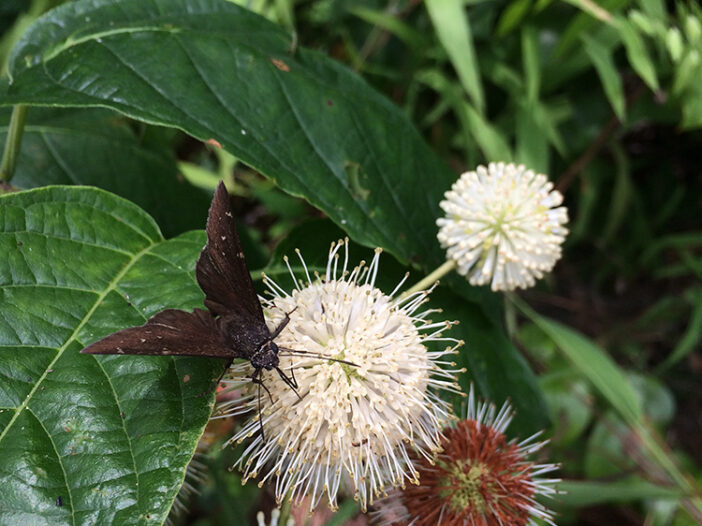
Buttonbush for Wet Soils and Cool Blooms!
Nature produces some interesting shapes, which is true for the flower of the buttonbush (Cephalanthus occidentalis). Common buttonbush (or buttonwillow) produces these crazy-looking little spiky ball-like blooms of compound florets. They’re pretty cool, actually, and both bees and butterflies agree. I recently caught this skipper butterfly feeding on a buttonbush flower while hiking in the […]
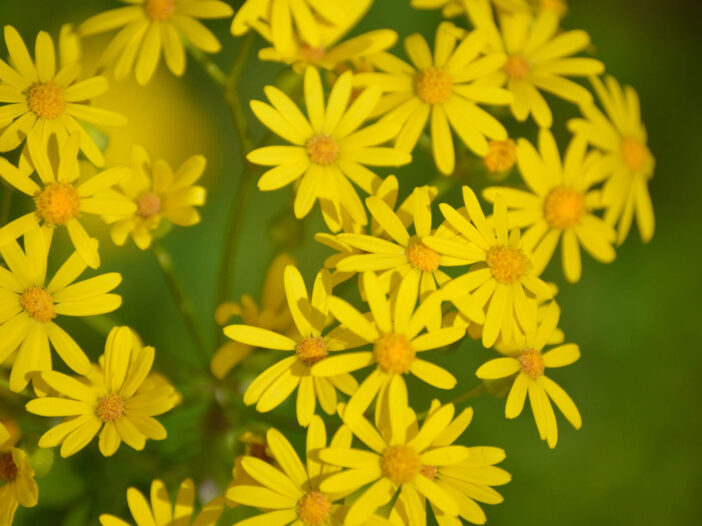
Butterweed – Early Spring Wildflower
Every spring, a patch of butterweed, a common Mississippi wildflower, shows up in my lawn. They come up in the same spot every year, and I mow around them until they are done blooming. Combined with Philadelphia fleabane, which also blooms at this time, they make a pretty landscape. Plant Description Butterweed is in the […]
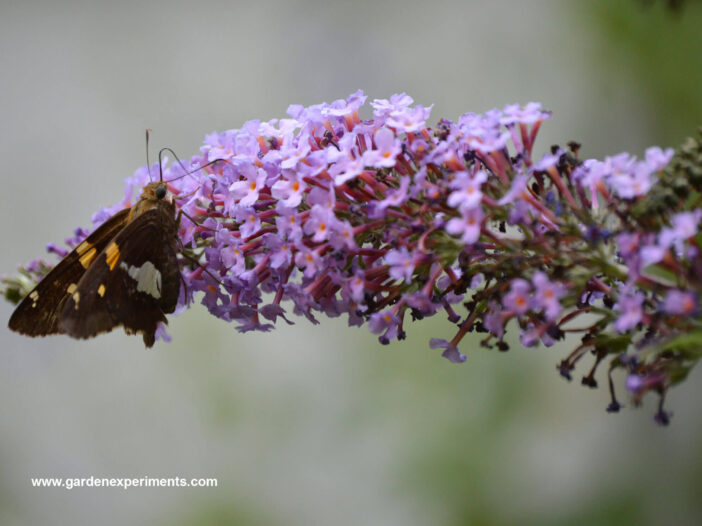
Butterfly Bush – Buddleia spp. (Buddleja)
Look no further if you’re looking for a shrub that will attract hummingbirds and butterflies and produce very sweet-smelling, attractive flowers. Butterfly bush lives up to its name. When it is blooming, I see butterflies on it frequently. Hummingbirds seem to enjoy the nectar as well. Where to Plant a Butterfly Bush Butterfly bushes are […]
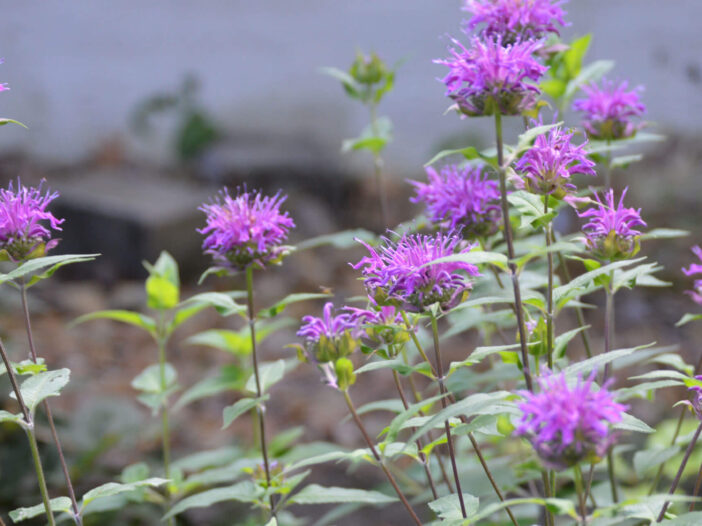
Bee Balm Attracts Hummingbirds and Butterflies
If you’re looking for a native, perennial plant to add to your garden that will be easy to care for, add great color to your garden, and attract hummingbirds, bees, and butterflies, bee balm (Monarda sp.) is a good choice. Bee balm is in the mint family; its leaves are aromatic and both leaves and […]
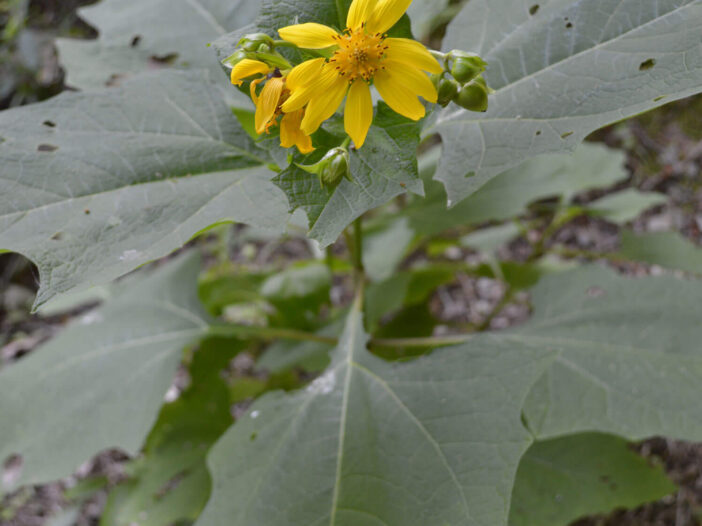
Bear’s Foot or Hairy Leafcup
Native to the eastern United States, up to Michigan, and across to Texas and Kansas (see the distribution map), this perennial plant can be found in forest gaps, along the edges of fields and forests, in thickets, bottomlands, and grasslands. It can grow in full sun or part shade and tolerates a wide range of […]
